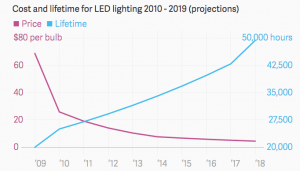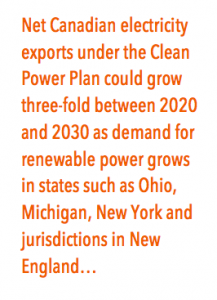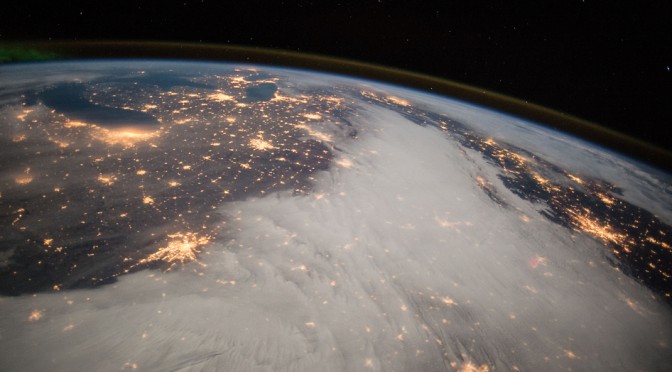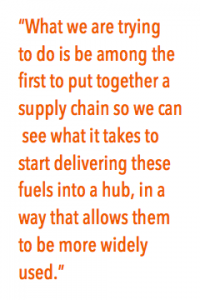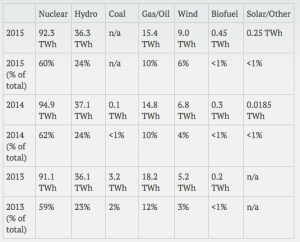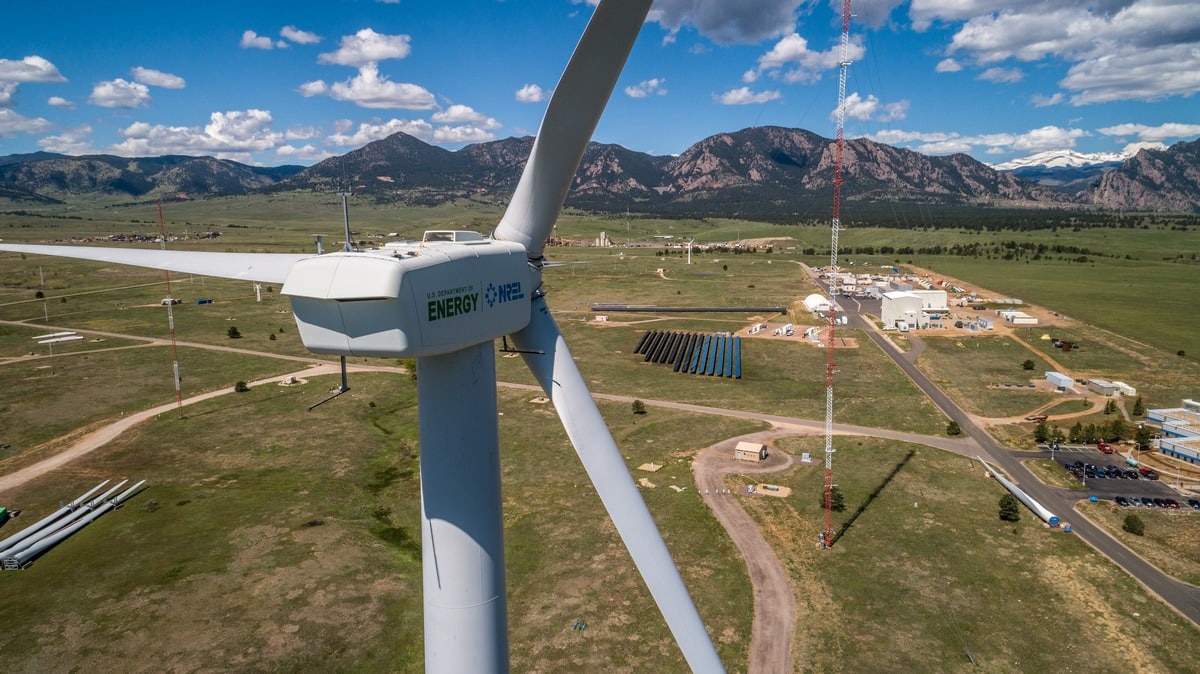Richmond Hill to covert all street, park and parking lot lights to LED
The light has gone off in Richmond Hill. This GTA town north of Toronto is converting most of its 17,000 street, park and parking lot lights to LED as part of a contract it has just signed with Ameresco, which will supply and install the new lights. But this is more than just about high-efficiency lighting. The town will be getting a “smart lighting control system” that allows staff to remotely monitor and turn off/on the lights. Is it worth it? Hell, ya. LEDs consume up to 60 per cent less power than “high pressure sodium” lamps currently used in most infrastructure. The town is expected to spend around $8 million to convert 15,000 lights and in return will enjoy $1.5 million in energy and maintenance …

